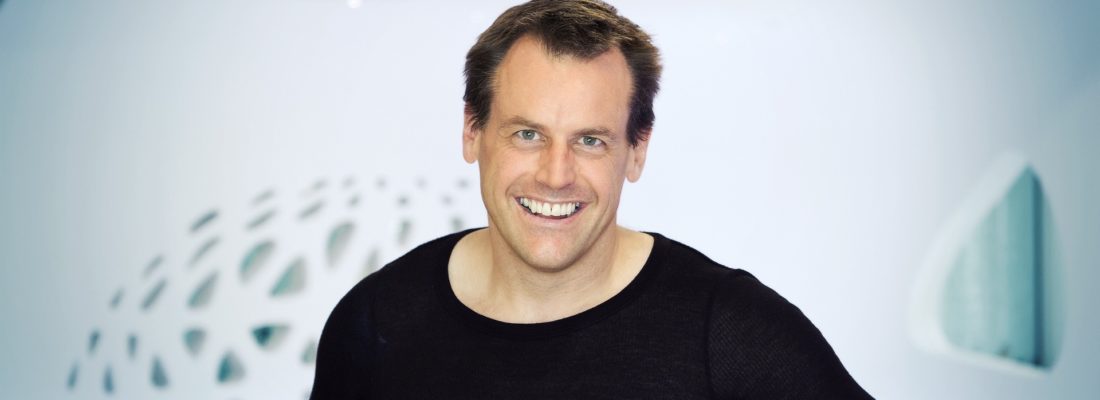Man Down: The Future of Masculinity with Dr. Paul Marsden

This article is part of our series on Modern Masculinity. You can view the full series or download the report.
Download ReportHaving worked closely with Brand Genetics for several years, Dr. Paul Marsden has been a central part of our campaign exploring modern masculinity. Recently, he took the time to share his thoughts on the future of gender and branding and the impact it is having on the marketing landscape.
Q: Why do managers need to understand masculinity?
Masculinity is the label used to define a set of male-typical traits – physical, behavioural and psychological – that distinguish men from women. Masculinity is an important concept because it is a core part of men’s identity – their self-concept, in terms of both gender and sexuality. If you want to understand men, you need to understand their masculinity, or more accurately, their masculinities.
Q: Could you give us a brief history of masculinity and explain its changing face in the last few years?
Where masculinity really gets interesting is in a cultural sense, through gendered roles and norms that change over space and time. For example, a century ago the colour pink to be considered a masculine colour and blue a feminine colour. The big change in the changing face of masculinity, is that it that there are now multiple changing faces of masculinities. There is no monolithic one-size fits all cookie-cutter notion of masculinity, rather there are diverse, variable and multiple masculinities.
It’s impossible to talk about the changing face of masculinity, or masculinities, today without referencing ‘toxic masculinity’. Toxic masculinity has been widely adopted as a pejorative term for stereotypical male behaviour deemed to be harmful to women, society and to men themselves. To some degree, toxic masculinity has pathologized masculinity as something that needs to be cured. And perhaps as a response, we are seeing a reboot of the 1980s New Man embracing a detoxified notion of masculinity and manhood.
Q: What is ‘positive masculinity’ and what do we need to know about it?
There have been a number of responses to the demonization of masculinity. One is to retrench into traditional masculinity. Another is to reject masculinity and gendered norms altogether. Another is to embrace soft masculinity, where hard masculine traits are tempered with softer feminine traits. Still another is to understand gender and sexuality as non-binary, with an array of possibilities. For example, Facebook appears to have abandoned its list of 71 genders, and now allows an infinite number of gender possibilities.
Another option in our new world of multiple masculinities that I’m excited about from a marketing perspective, is the idea of “positive masculinity”. Positive masculinity is a term used to denote positive human character strengths associated with masculinity. For example, positive masculinity may celebrate the traits of male bravery, courage, heroism and self-reliance. Of course, these positive human strengths are not exclusive to men – women are brave, courageous, heroic and self-reliant too. However, positive masculinity provides businesses and brands with a new framework for understanding and appealing to men that is not based on toxic stereotypes.
Q: What is the future of masculinity?
The future of masculinity is masculinities. This includes traditional masculinity, soft masculinity, positive masculinity and even the negation of masculinity, which will all have a role to play. For innovation and marketing, my bet would be on positive masculinity as it detoxifies masculinity without emasculating masculinity.
Beyond positive masculinity, I think the future may lie in understanding masculinities as gendered manifestations of universal human needs. In other words, masculinity can be seen as an expression of our common humanity. For example, we know that three basic human needs for human happiness are Autonomy, Relatedness and Competence (the ARC of happiness – as identified in positive psychology). By targeting these human universals, brands can move beyond gendered stereotypes and maximise appeal. Fashion is leading the way here with the rise of activewear and athleisure that is promoted through human universals rather than focusing on the politics of identity, sexuality, race or gender. For example, NikeFree explores autonomy, whilst UnderArmour celebrates competence, and Reebok, with its long running #BeMoreHuman campaign champions humans being awesome. So, for me, I think being human is the new masculinity.
Thus, it is fair to say that masculinity is constantly changing shape as our attitudes towards gender and identity continue to evolve.
At Brand Genetics we understand guys – so if you want to know what the changing face of masculinity means for your business and how you can help this audience ‘man up’ for the modern world, please get in touch.



